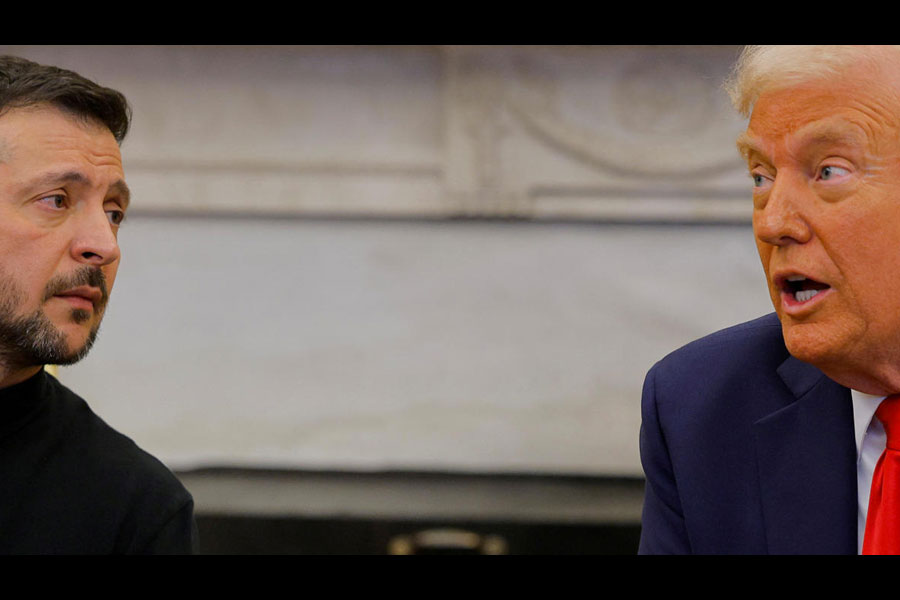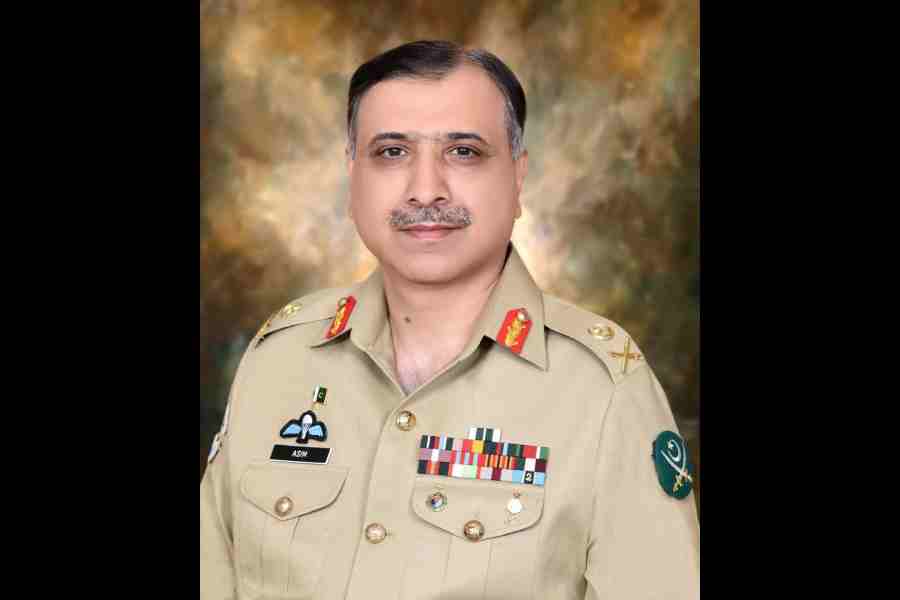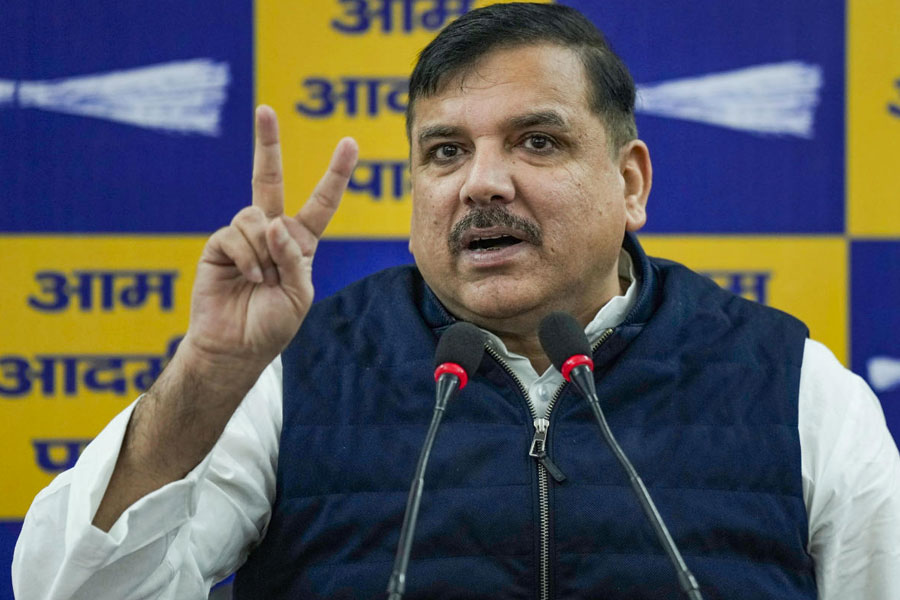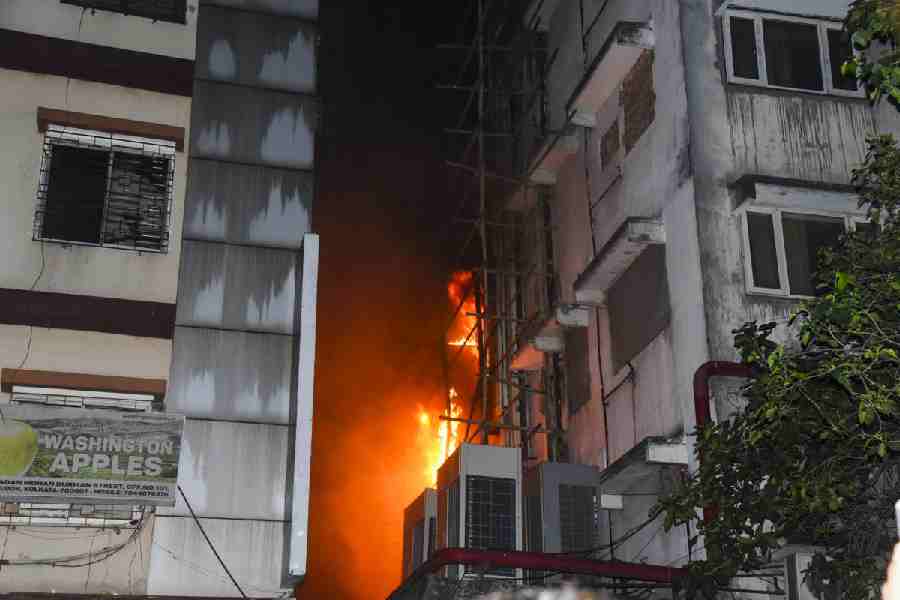 |
Assam was occupied by the British on February 24, 1826, with the signing of the treaty of Yandaboo. However, Guwahati came under British occupation two years earlier, on March 28, 1824, when Col. McMarine annexed the town. Immediately after that David Scot, agent to the governor-general for Assam, was given additional charge of the town, which began to be treated as a cantonment for British troops to move to the other parts of the region.
However, the sanitary system of the town was very poor and a large number of the troops stationed at Guwahati began to die of malaria and kala azar. The East India Company became concerned about the high mortality rate of the sepoys stationed in Guwahati in the 1830s and attributed it to the shocking sanitary conditions.
The district magistrate and the civil surgeon then constituted a Town Improvement Committee (TIC), which received a grant of Rs 3,000 from the Bengal government in 1836. The committee looked into the problems of the town for the next 15 years and in 1848, the government accepted the committee’s suggestions to “levy a house tax in south and north Gauhati for municipal purposes”.
In 1852, Maj. H. Vetch was deputy commissioner of Kamrup, who by virtue of his post was also the chairman of TIC. On June 11, 1852, Maj. Velch received a petition signed by 113 residents of Guwahati, praying for the establishment of a municipal board under the Bengal Municipal Act of 1850, which had just become operational in the towns of Bengal.
The government agreed in principle and a notice declaring its intention “to constitute a municipal board for Gowhatee” was published in the Calcutta Gazette in its July, 1852, issue. On January 15, 1853, the Bengal government instructed (vide letter number 142, judicial department, Bengal government, dated January 15, 1853) the commissioner of Assam to nominate “two respectable inhabitants of Gowhatee for appointment in conjunction with the magistrate as commissioners for the purpose”.
Accordingly, the first statutory Municipal Board of Gowhatee came into existence with three persons: Capt. Rowlatt as ex-officio president of the board and James Harriot and C.K. Hudson as municipal commissioners. Garga Ram Das and Kefayet Ullah Munshi, two civilians, were soon included in the Guwahati Town Committee.
It is interesting that immediately after the formation of Gowhatee Municipality, a petition was submitted by 50 inhabitants of the town to the commissioner of Assam, appealing for “the abolition of the Gowhatee Municipal Board”. Their argument was that the 113 people, on whose appeal the municipality was establishment, were not respectable citizens of the town and none of them were tax payers as their incomes were “less than Rs 5 a month”. The government rejected the petition.
The task before the new Municipal Board was challenging. The town had no pucca road. Nearly 40 tanks spread over the town were the main source of water supply. The town was mosquito infected, malaria was a chronic disease. During the monsoons, the roads became absolutely muddy and, therefore, one of the early decisions taken by the Municipal Board was to prohibit the entry of elephants in the heart of the town. It was essentially these considerations that compelled the government to gradually shift its administrative headquarters from Guwahati to Cherrapunjee and then to Shillong.
In 1876, the municipality was elevated to class one category. Manik Chandra Barooah, who was destined to become its first civilian chairman in 1913, became a municipal commissioner in 1883. Other civilians who acted as commissioners of the municipality for quite a long time were Raibahadur Bhuban Ram Das and Raibahadur Mahendra Mohan Lahiri.
Till 1864, house tax was the main source of municipal revenue, apart from occasional government grants. According to W.W. Hunter, the total revenue collected by the municipality in 1875-76 amounted to 2727 pound sterling. The heart of the old town consisted of Panbazar, Uzan Bazar and Fancy Bazar. Guwahati was also the headquarters of the native 42nd Regiment.
From 1876 onwards, taxes were imposed on bullock carts, horse carts, boats and traders of the city. The municipality introduced the supply of tap water in Guwahati in 1887. Streetlights were introduced the next year.
At the beginning of the 20th century, the activities of the Guwahati Municipality included collection of house tax, arranging anti-small pox vaccines, checking Kala azar by house-to-house campaigns with preventive injections, supervision of drains, arranging for disposal of human waste, establishment of vernacular schools and the like.
In 1892, it received a grant of Rs 10,000 from the local board. When a big fire destroyed Fancy Bazar in 1907, the municipality had to borrow Rs 2,270 for its restoration, which was completed within a record time of three months. During 1906-07, Rs 4,500 was spent on the development of two roads. The streetlights were replaced by carbide gaslights in 1910. Electric lights were introduced in the 1920’s. The total population of Guwahati rose to 11,661 in 1901.
On January 27, 1974, the 121-year-old Guwahati Municipality was elevated to a corporation. Radha Govinda Baruah and Lakhyadhar Choudhury became its first and second mayors respectively, while Govinda Kalita and Saroj Kumar Sengupta were the first two deputy mayors.
In 1853, the municipality started functioning from a small room adjacent to the Katchury. In the 1880s the old Assam-type single-storeyed building was thoroughly rebuilt and a new Assam-type structure came up, which was constructed by the public works department.
The Gauhati Municipal Corporation has since then been functioning from this double-storeyed structure, adjacent to the deputy commissioner’s office. It has been catering to the needs of a city, whose population has shot up to an estimated 1.4 million.










